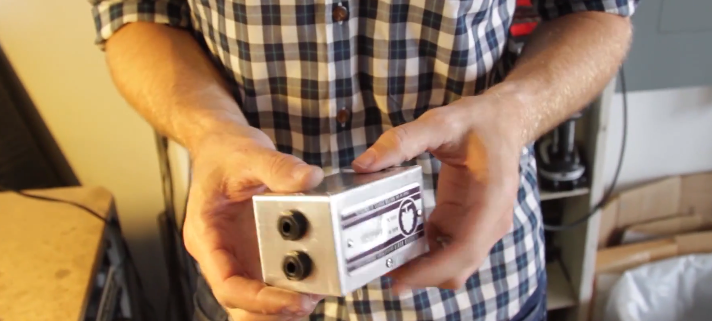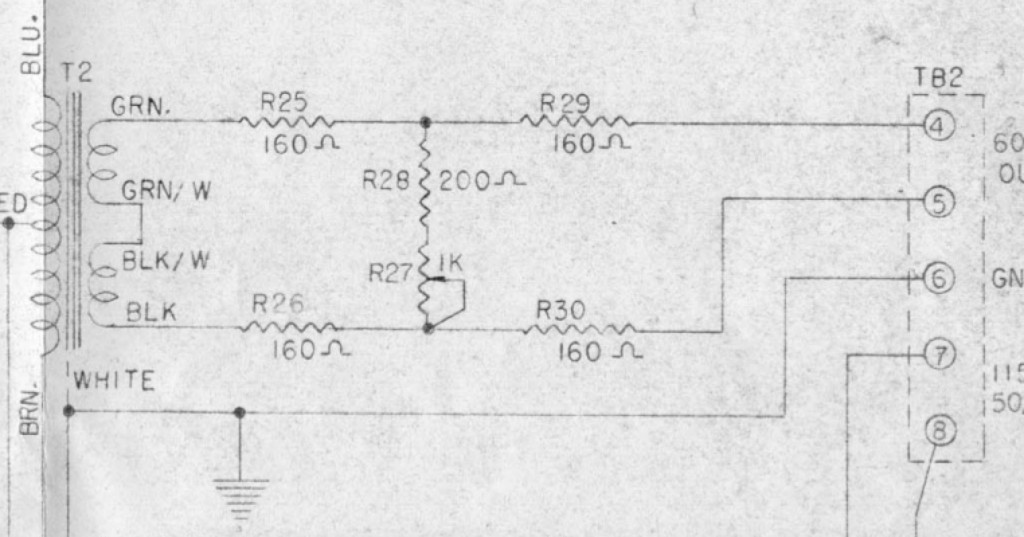 How are y’all doing today… we have a new video ready: “Build A Variable H-Pad.” If you’ve ever wanted an easy, controllable way of reducing level in the studio without losing signal balance or creating wild impedance variations (which can have undesirable consequences frequency-wise), this project is for you. I have a couple of these little boxes at Gold Coast Recorders and they get used pretty often; the most common use would be if I want to crank up a tube mic preamp to get some break-up on a drum kit or vocal mic. If this results in an excessive output level, I can just patch in one of these variable pads and dial in a safe level for the A/D convertors.
How are y’all doing today… we have a new video ready: “Build A Variable H-Pad.” If you’ve ever wanted an easy, controllable way of reducing level in the studio without losing signal balance or creating wild impedance variations (which can have undesirable consequences frequency-wise), this project is for you. I have a couple of these little boxes at Gold Coast Recorders and they get used pretty often; the most common use would be if I want to crank up a tube mic preamp to get some break-up on a drum kit or vocal mic. If this results in an excessive output level, I can just patch in one of these variable pads and dial in a safe level for the A/D convertors.
Check out the video, and here’s the schematic for anyone who wants to build one of these lil fellas. You’ll need two balanced jacks of your choosing, four 1% 1-watt 160-ohm resistors, one 200-ohm 1-watt resistor, a 1-watt 1-K linear taper pot, a terminal strip, and a small enclosure.
*******
***
For my original article which describes the development of this device, click here.

7 replies on “New Video : “Build A Variable H-Pad””
Great video! All the videos are great. Fun to watch. I appreciate the work.
Thanks! And that is some website you’ve got there! Wow! Im excited to dig into it. C.
I bought parts for a stereo version of the H-pad, then I realized, does it make sense, to build stereo?
Wouldn’t it be better to use XLR, defining the input and output, which otherwise using TRS you don’t have to do. Why use TRS?
Love the website, all the best,
Raz
There is no ‘In’ or ‘Out’
It is totally bi-directional
use whatever jacks you like
good luck
c.
Hi,
I have built a clone of a popular British preamp from the sixties, but would like to add an ouput attentuator such as this balanced H-Pad. The preamp should be loaded with 200 ohms, will this H-Pad work for me in its current configuration or will I have to recalculate the values?
Paul, it is my understanding that this will work fine in your application, but you should expect a couple more DB loss due to the mismatch.
Hi Chris,
Thanks for the reply, in regards to the mismatch you mention, are you referring to the 620 ohms vs the 200 ohms I require?